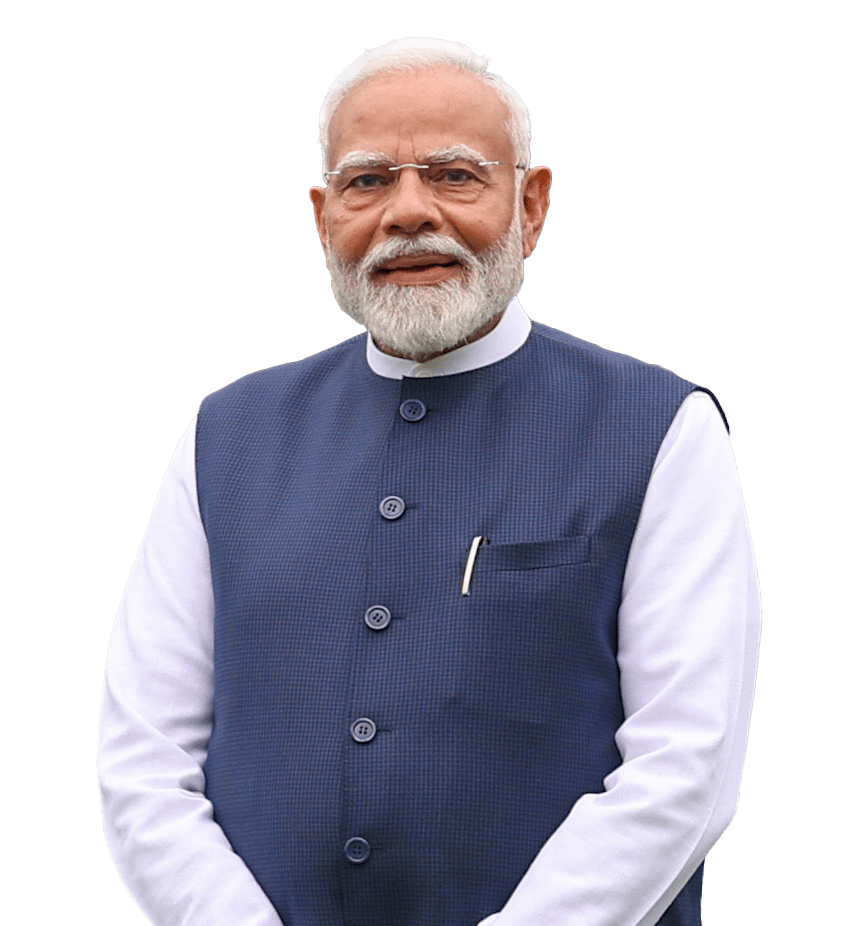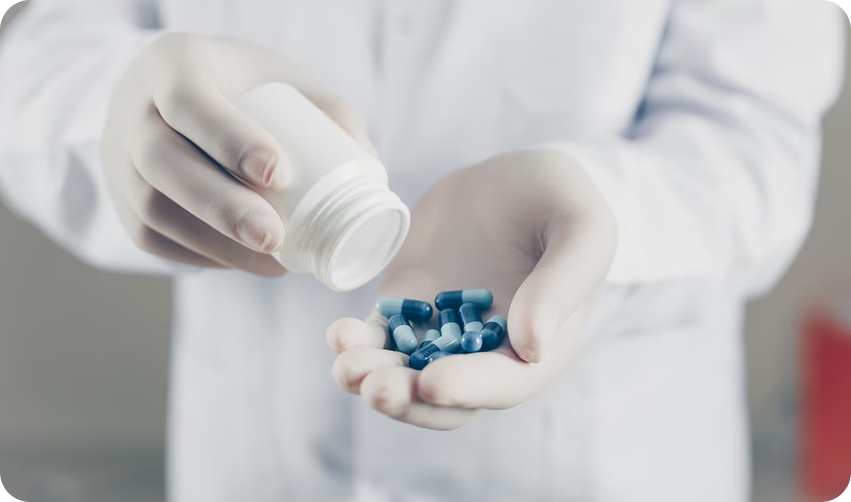India’s Next Frontier: Discovery-led Innovation
As the “Pharmacy of the World,” India has played a key role in delivering affordable, high-quality medicines and vaccines to over 200 countries. Building on its strong foundation of manufacturing excellence, the pharmaceutical industry is now intensifying its focus on research-driven, patient-centric innovation.


Our vision is to create an ecosystem for innovation that will make India a leader in drug discovery and innovative medical devices.
Prime Minister of India Narendra Modi

IPA’s Global Innovation Summit brings together industry leaders, policymakers, scientists, and innovators to shape the future of Indian pharmaceuticals. Focused on advancing R&D, fostering collaboration, and enabling sustainable innovation, the summit serves as a platform to drive India’s transition from volume to value in global healthcare.

Enabling Innovation at Scale
The Indian pharmaceutical industry has set an ambitious goal: to develop 100 new therapeutics by the nation’s 100th year of independence — aligning with the vision of Viksit Bharat. Achieving this vision will require bold transformation, supported by the right enablers. IPA is committed to powering this journey through focused policy advocacy, innovation-led growth, sustainability, and future-ready talent development.


Enabling Regulatory Landscape
Regulatory reform is a foundational pillar of innovation. India is moving toward a globally harmonized science-based regulatory environment. Priorities include early scientific advice for novel therapies, international recognition of Indian trial data, and streamlined processes for faster market entry.

Robust Funding Support
Innovation thrives on consistent and risk-tolerant capital. India’s R&D financing is gaining momentum through initiatives like the Anusandhan National Research Foundation (ANRF), the Promotion of Research and Innovation in Pharma MedTech Sector (PRIP), and the Research, Development and Innovation (RDI) Scheme. The RDI scheme’s model — long-term, low-interest financing for high-risk projects — has the potential to significantly boost private sector R&D.

High-Quality Infrastructure
Innovation hubs require more than labs — they need strong physical, digital, and collaborative infrastructure. India is scaling up biotech parks, innovation districts, and trial-ready facilities, while building global partnerships to support knowledge exchange and clinical scalability.

Favourable Policy Landscape
Forward-looking policies across health, IP, trade, and technology accelerates India’s innovation edge. Coordinated policymaking and mission-mode implementation are key to translating India’s scientific capabilities into sustained global impact.

Strong Industry–Academia Linkages
Academic science must connect with industrial ambition. India is building structured frameworks for translational research, shared IP models, and talent mobility to ensure research doesn’t stay siloed in labs — but leads to viable, scalable therapies.

Accelerating R&D
India’s aspiration to launch 100 new drugs by 2047 demands a new era of drug discovery. With building blocks now in place, from manufacturing to invention — backed by strong IP protection, discovery-linked pricing models, and scientific excellence.

The Future of Indian Pharma
India’s pharmaceutical sector is undergoing a structural transformation. As per the McKinsey Global Institute (2024), the industry is expected to reach $130–150 billion by 2030 — but this growth will hinge less on generics and more on complex innovation: biosimilars, NCEs, mRNA platforms, and AI-assisted drug discovery.
In recent years, IPA member firms have increased investments in high-value R&D, digital therapeutics, and global regulatory compliance. Over 20 Indian companies now operate US FDA or EU GMP-certified innovation facilities. Additionally, over 150 biosimilar molecules...
Read More
